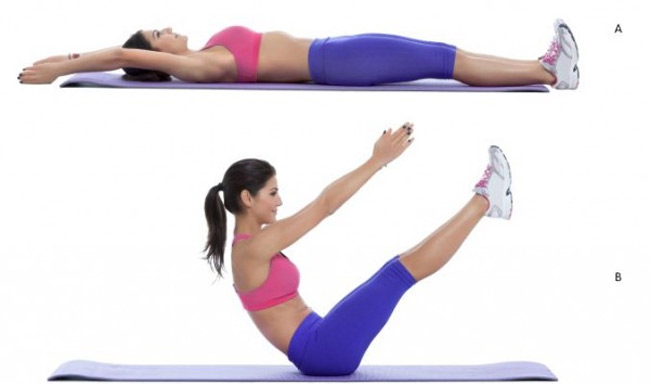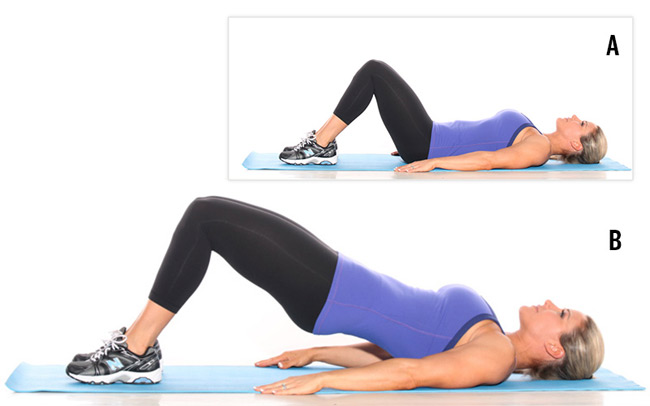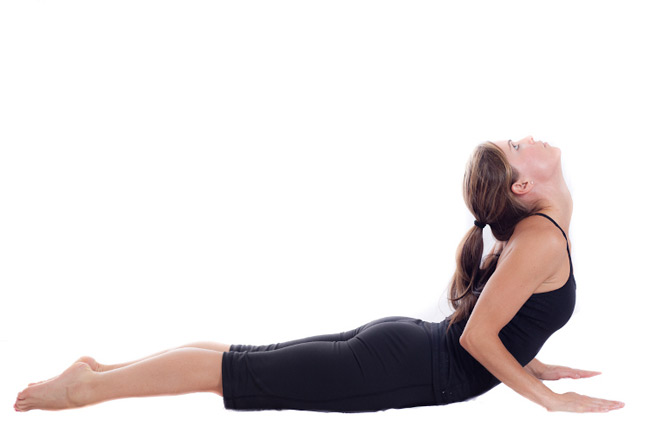Exercises that integrate the entire body and develop trunk stability are critical for developing athletic potential. Developing trunk stability holds the key to strengthening your body from the inside out. Core building is the deepest level of strength training that can be practiced. When this kind of strength is developed you will see an increase in strength in everything you do, from lifting your child into a car seat to your daily workout routines.
The trunk is an anatomical term for the central part of the body from which extend the neck and limbs. The trunk includes the thorax, pectoral muscles, abdominal muscles and lateral muscles.
Following are some exercises for core trunk stability.
Seated Balance
- Sit with your feet out in front of you and knees bent.
- Lift one foot up off the ground followed by the other.
- Try to lengthen the spine and open up the chest.
- With both arms parallel to the ground, turn the palms up and reach the arms forward.
- Try holding for at least 5 seconds in the beginning, then build up to at least 30-second sets.

Straight Leg Sit-Up
- Start seated with both legs straight and your arms reaching up toward the ceiling. Inhale.
- As you exhale, reach your arms forward. Try to round your back down one vertebra at a time, while allowing the arms to move out in front of you.
- Inhale as you reach your arms over your head.
- Exhale as you reach your arms forward and peel your body up off the floor to come back to your starting position.
- You can begin with 4-5 reps, and as you become stronger work up to 10-12 repetitions per set.
Half Cross Extension
- Lay down on your back, face-up, with your right arm overhead and left leg straight along the floor.
- As you exhale, touch your right hand to your left toe.
- Inhale back into your starting position and repeat.
- Be sure to perform the same amount of repetitions on both sides.
- Begin with sets of 5-8 reps and build up to 8-12 reps per set.
Russian Twist
- From a seated position, balance with your feet lightly touching the floor.
- Rotate your torso and touch your hands to the floor on one side of you.
- Reach your hands up and over to the other side.
- Repeat 8-12 reps per set.
This exercise can also be done with a medicine ball or a hand weight for added resistance.

The Bridge
- Lie face up, and bend your knees with your feet close to the buttocks and hip width apart. Try to keep your feet parallel to each other (although it may be hard to tell because you should not be able to see your feet).
- Press the hips up with your legs. You can either hold this as a static exercise or you can lift and lower for repetitions.
- This exercise should be done at least 8-12 times. You can do a static hold for 5-30 seconds as well.
Plank
- Get in a push-up position but instead of resting on your hands, you rest on your forearms.
- Hold your back completely straight while trying to hold your abdominals in.
- The longer you try to perform a plank, the harder it will be. You might start with 30 second sets and work your way up to 2-3 minutes.
- Repeat for 3-5 reps.
Push-Up
- Lie face-down on the floor, wrists beneath the shoulders, palms down. Draw your navel in toward your spine.
- Exhale and extend your elbows, keeping the knees on the floor as you lift your upper body. Do not allow the hips to sag or tent.
- Inhale and slowly lower halfway, then repeat.
If you are out of shape, begin with wall push-ups and gradually advance to knee and then full-body push-ups.

Back Extension
- Lie face down with your elbows in and your hands close to the shoulders.
- As you inhale, lift your head, chest, and arms off the floor.
- With an exhale, lower back down toward the floor. Keep the chin down so the back of the neck is long.
- Repeat this 6-10 times.
To check your Trunk Stability: Sit on the Swiss Ball and balance with your feet off the ground. 1-2-3, how long can you balance before touching the ground?
Related links
- Understanding Cancer
- Finding Ways to fight Heartburn
- Foods for a healthy heart
- Depression: the silent epidemic
Disclaimer
The Content is not intended to be a substitute for professional medical advice, diagnosis, or treatment. Always seek the advice of your physician or other qualified health provider with any questions you may have regarding a medical condition.

